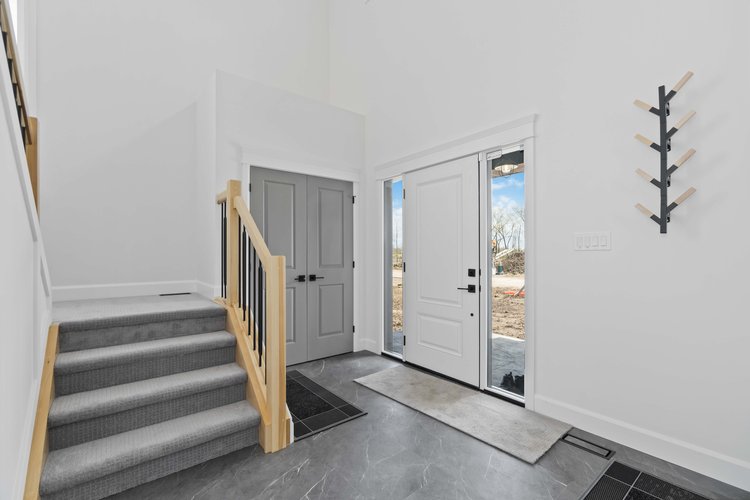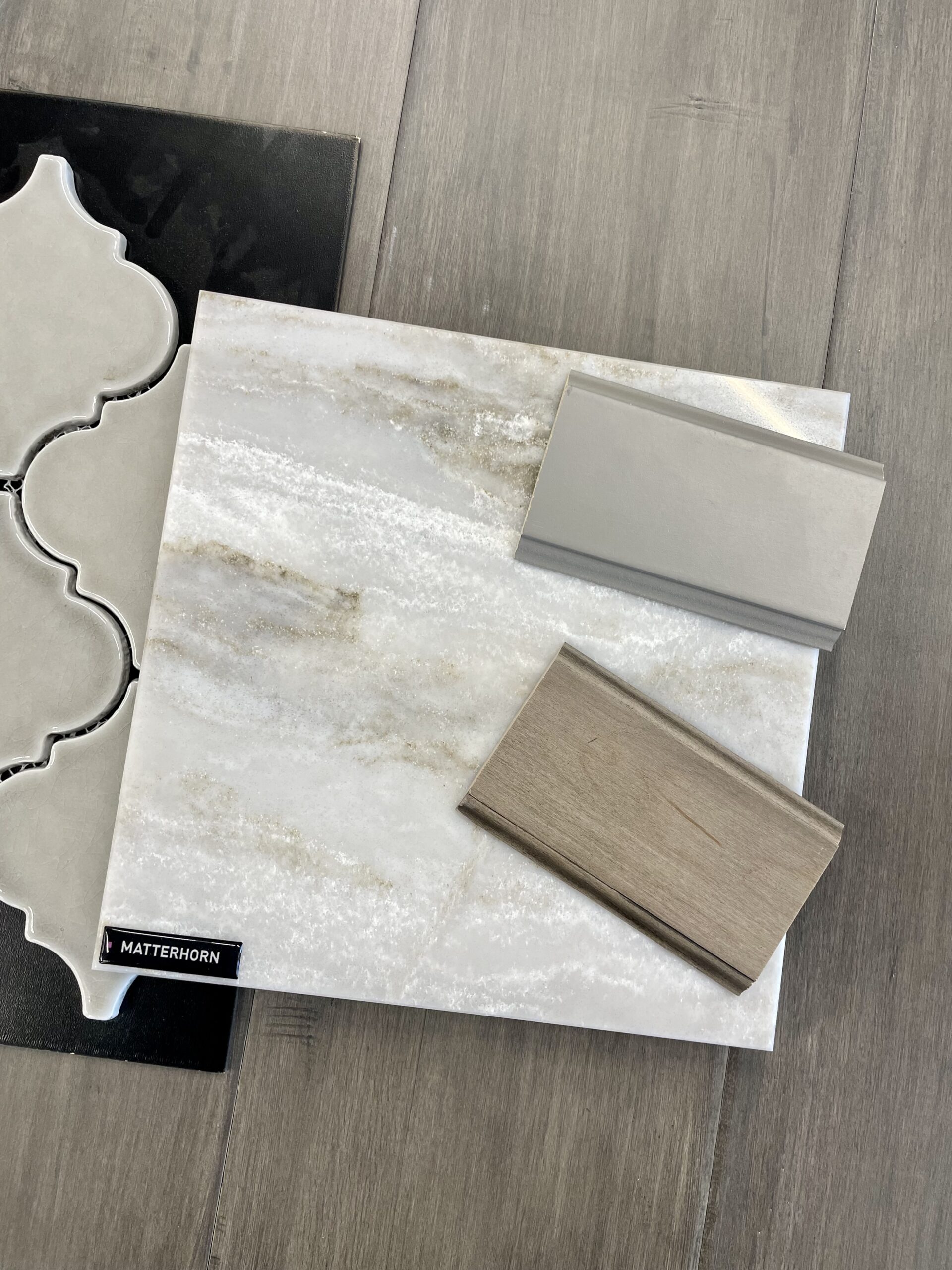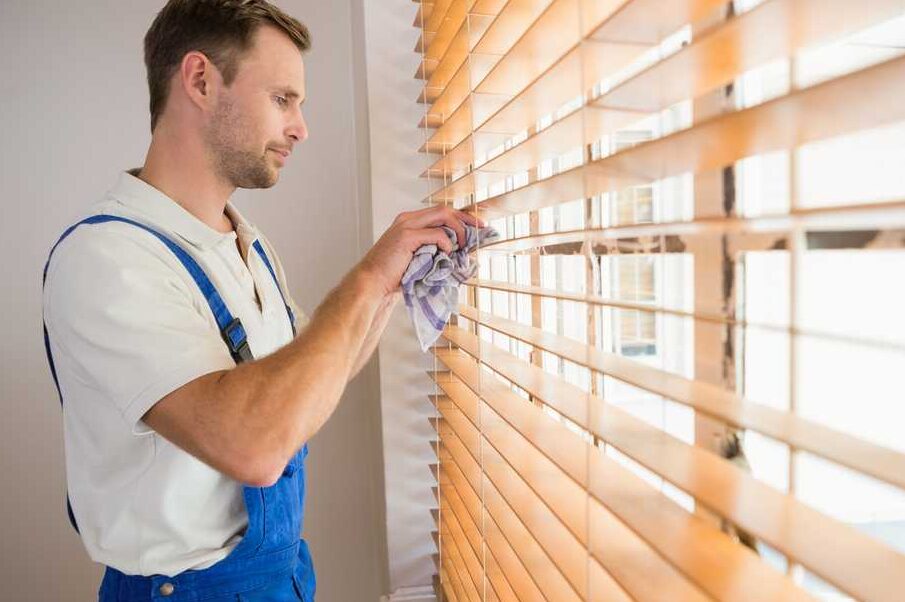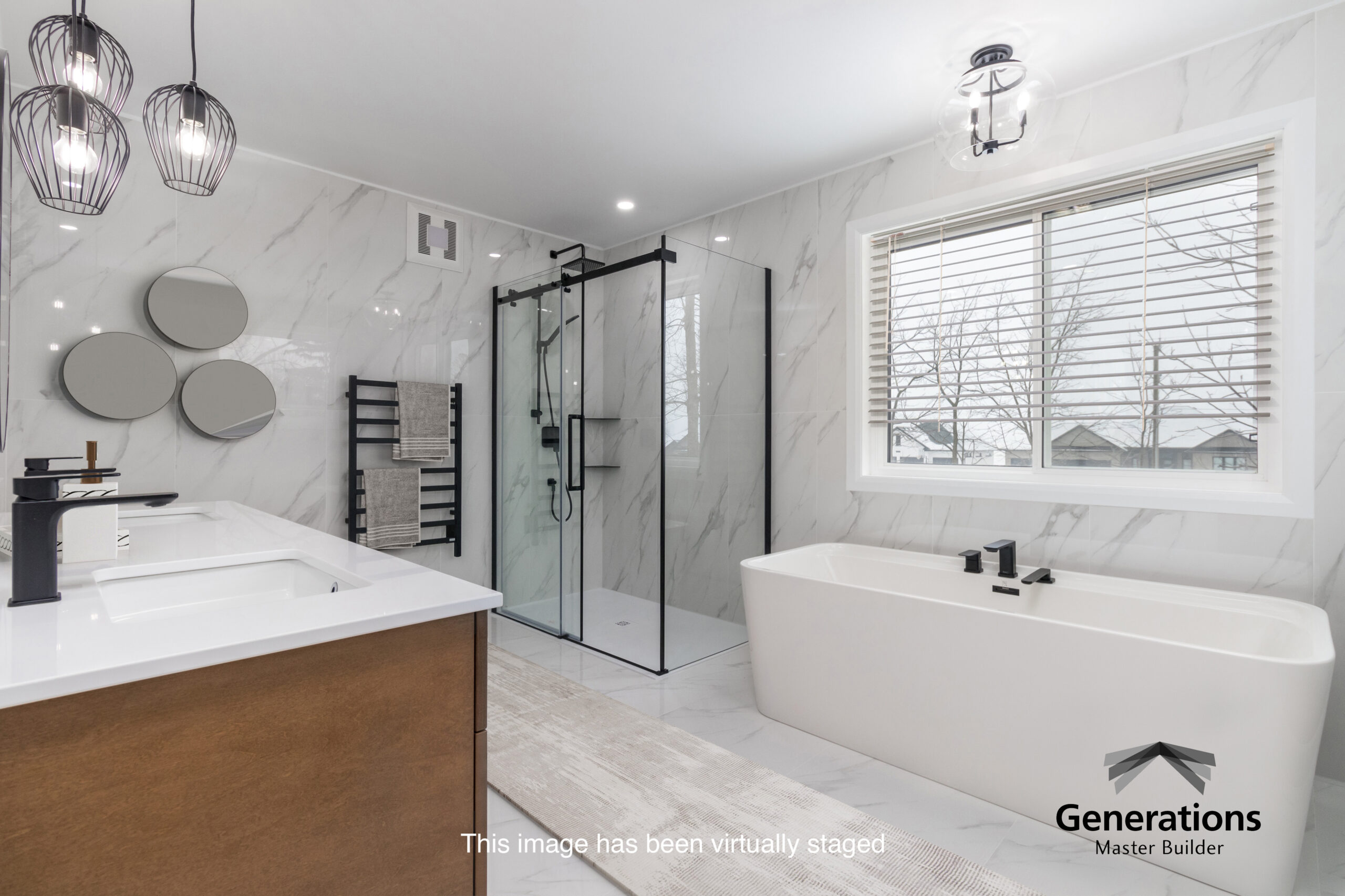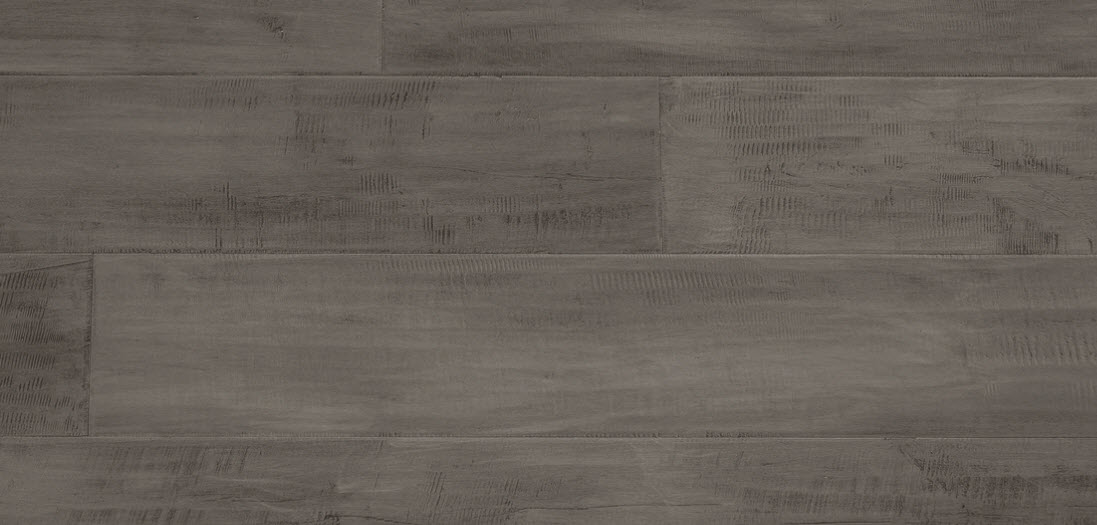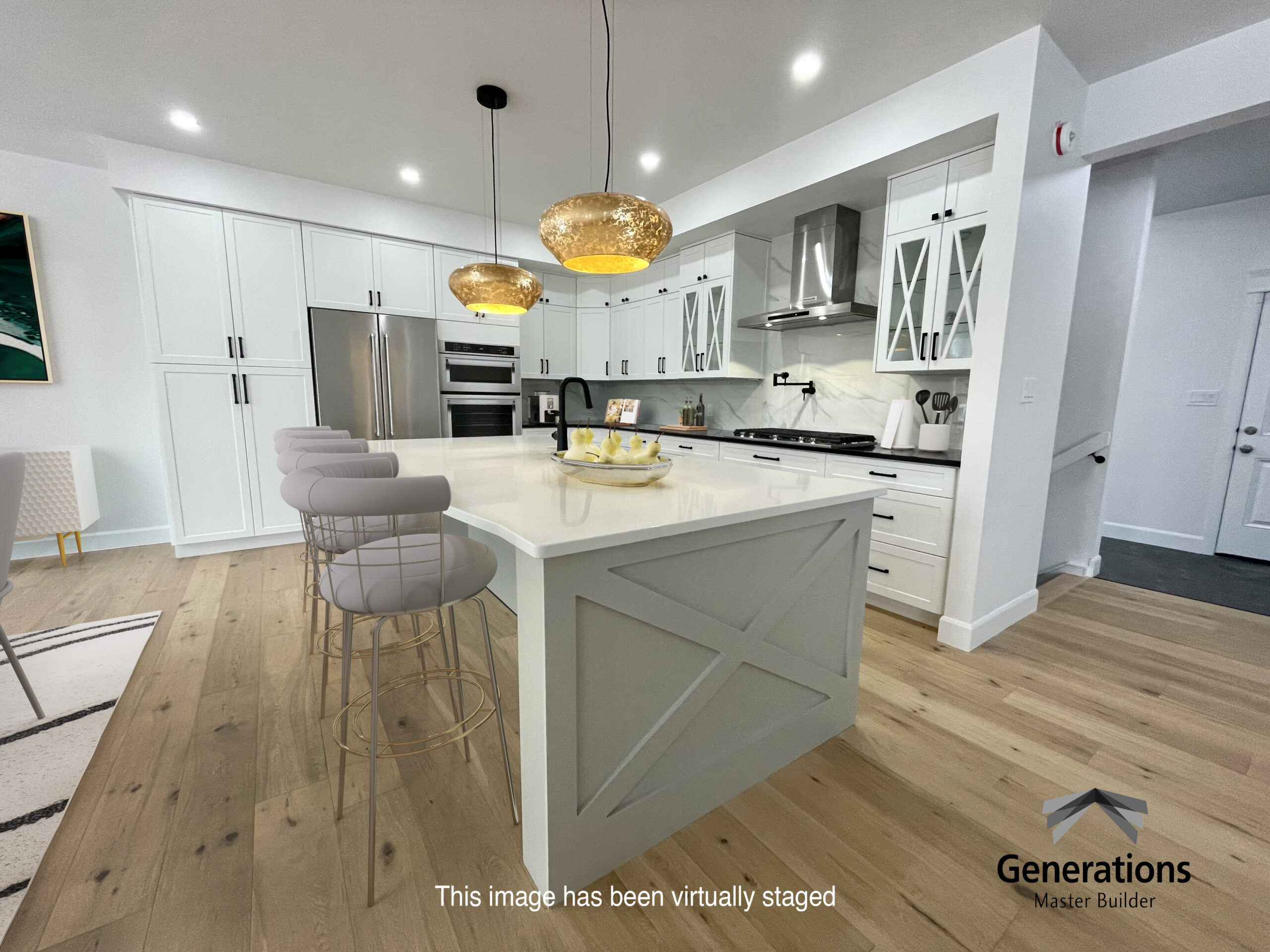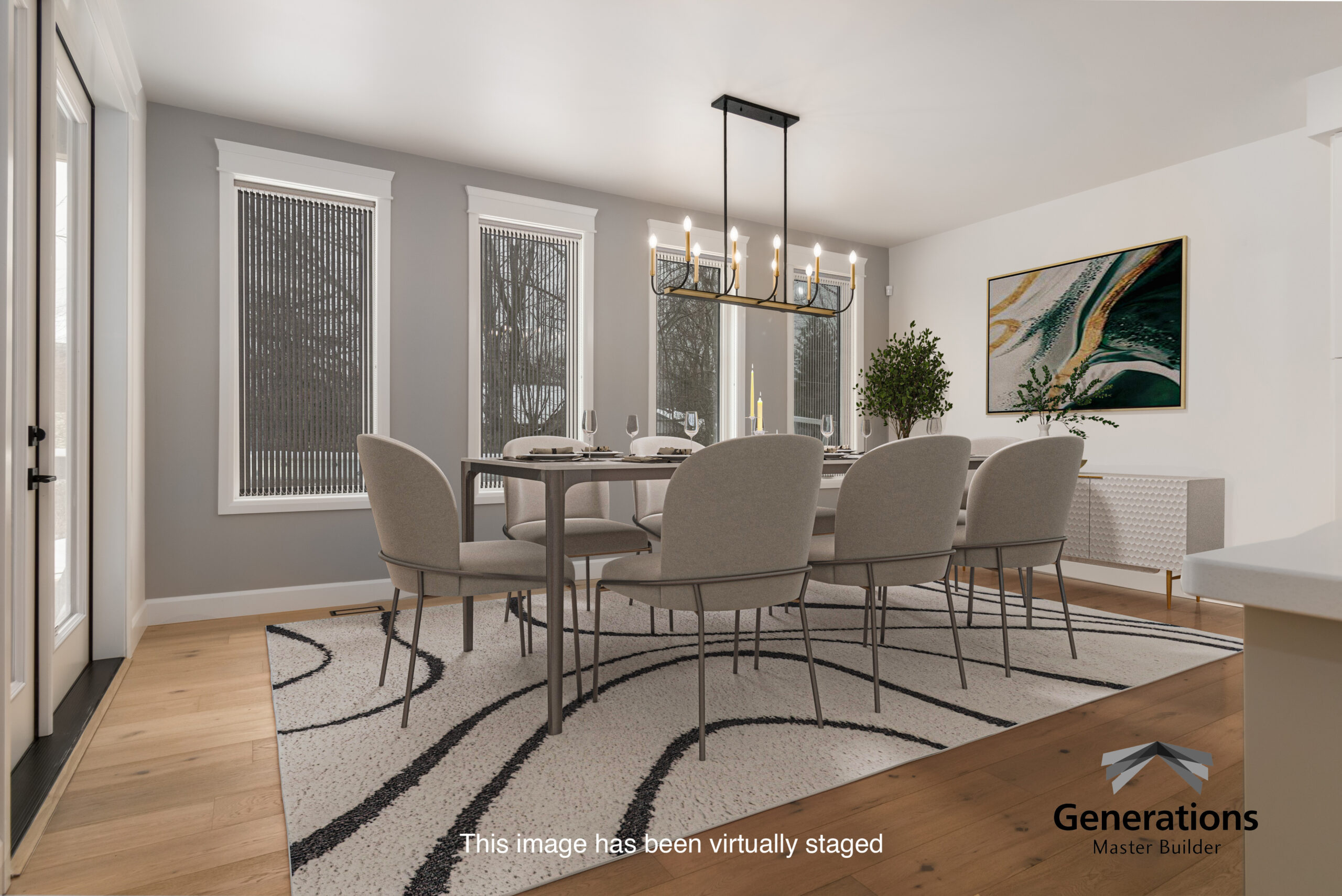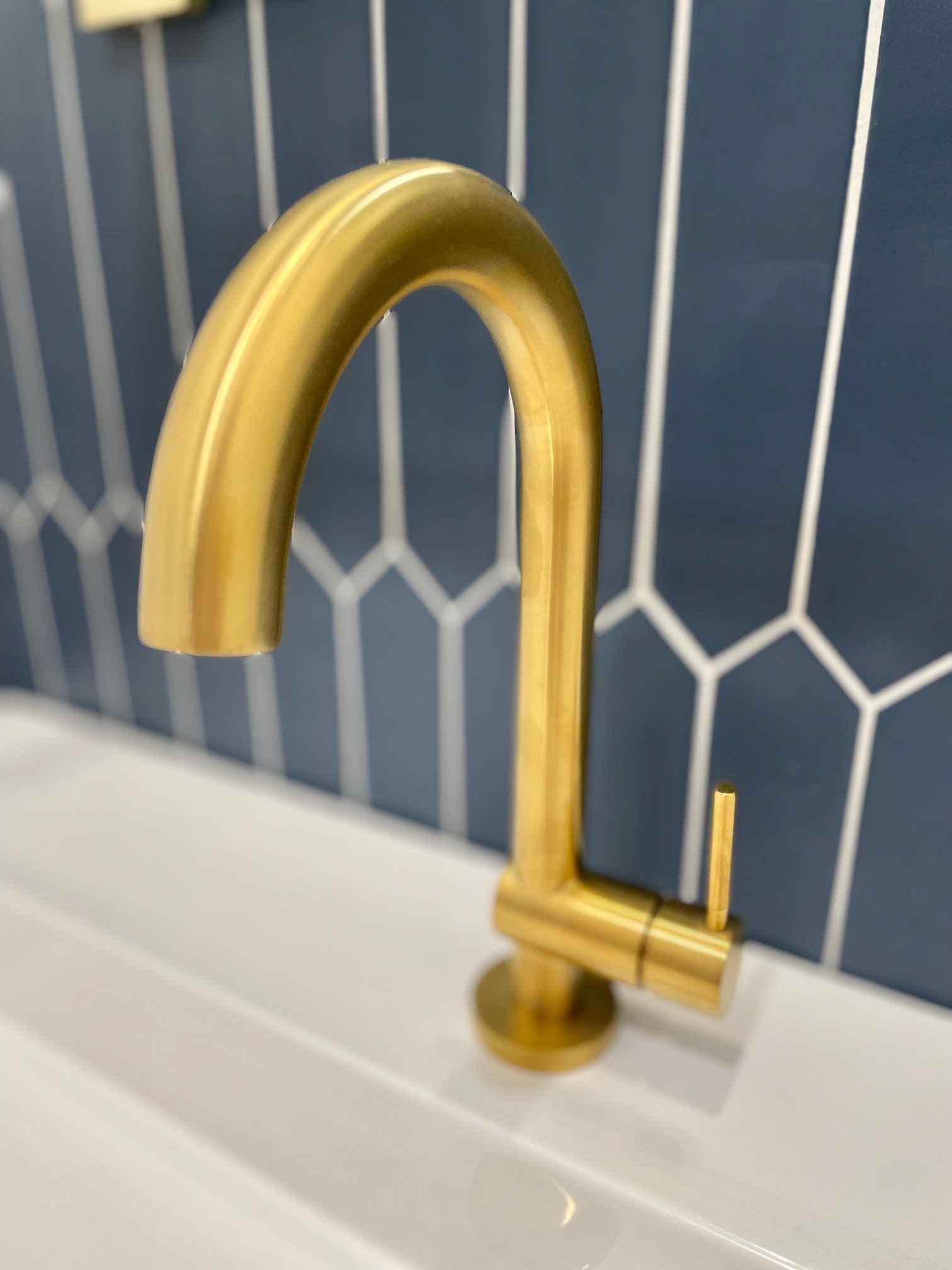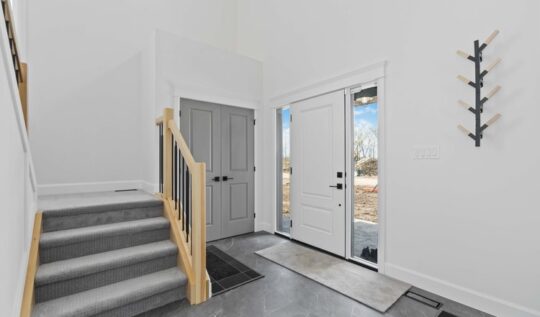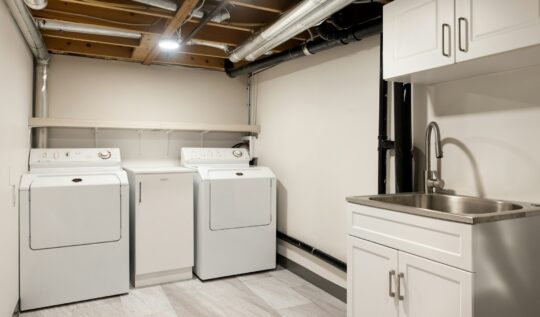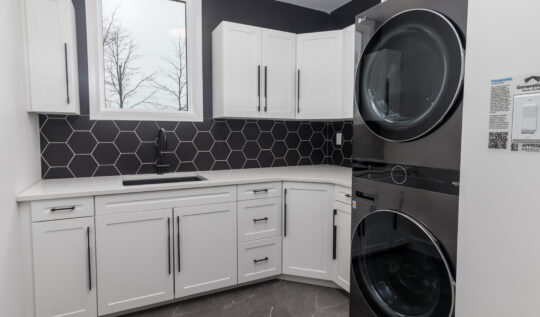Electrical Safety…don’t get fried!
Fire departments responded to an estimated average of 46,700 home fires involving electrical failure or malfunction each year in 2015–2019. These fires caused an estimated average of 390 civilian deaths and 1,330 civilian injuries each year in 2015–2019, as well as an estimated $1.5 billion in direct property damage a year. Electrical failures or malfunctions were the second leading cause of electrical home…
10 Things you must know about home security
A Crime of Opportunity Break-ins are a crime of opportunity, where entry is gained due to carelessness of homeowners. Follow these ten essentials and you will all but eliminate the chance of unlawful entry. 1. Lock all your doors 24/7* Most unlawful entry is through doorways. And about 50% of those are through doors left unlocked. An unlocked lock is…
Combine Colours Like a Design Expert
A little bit of basic colour theory, a colour wheel and something called the 60-30-10 rule will have you combining colours like an interior design pro. By Douglas Trattner As a residential interior designer, Michelle Pollak, president of The Lollipop Tree, an interior design firm in Charleston, S.C., makes her living by combining colours to achieve a desired mood or…
How to clean your Blinds
No matter what kind of blinds you have—wooden, fabric and vertical are the three basic types—these tips will make their cleaning and maintenance easy: 1. Vacuum blinds often with the brush attachment. Vacuum across the slats, not up and down. 2. Use a lamb’s-wool duster, again working across the slats and starting at the top. Do not use plastic dusters….
Design your guest room as though it were boutique hotel
Whether your “Vacancy” or “Occupied” sign is out, it is time to think about some simple ideas that will help to roll out the welcome mat for your guests. A popular trend is to bring the style of a boutique hotel into the guest room (or your own bedroom). Many of us are selecting the clean, tidy look of a…
Prefinished versus unfinished hardwood floors
Which is better; Prefinished hardwood flooring or unfinished (site finished) hardwood? The answer is the one you like best. There are many differences between the two systems of hardwood. There are many pros and cons that should be considered. One of the advantages to the unfinished hardwood is that the whole floor gets coated with one smooth coating of finish. …
A Green Kitchen Is a Happy Kitchen
If you love to cook then you know that your kitchen can sometimes take on a life of its own. Some kitchens are warm and inviting. Others are cluttered and can seem to suck the life right out of a person. If you want your kitchen to be more inviting than it is, the answer might be to create a…
Is White the new Green? Bye-bye Formaldehyde
In 2002, the Johns Manville company converted its entire line of building insulation to formulations that do not contain added formaldehyde. Prior to 2002, there had been limited use of acrylic binders to replace formaldehyde by Johns Manville and its competitors, and JM’s conversion was the first full-scale application of the technology. In 2008, Generations introduced this insulation into it’s…
Paint is paint, Right? Wrong!
Types of paint It can be confusing when selecting the sheen of paint you want since the term used for the sheen varies by manufacturer. Low-sheen (low-gloss) paints have none to little observable sheen. The amount varies slightly by manufacturer. Low-sheen paints can be called: flat, matt, eggshell, satin and velvet. Higher sheen paints are semi-gloss, gloss and enamel. They…
Yuck…my sink stinks!
Past customers always ask how to clean a food disposal unit. Cleaning your garbage disposal is a quick and easy way to help keep your kitchen smelling fresh and your sink drain working properly. Although well-maintained garbage disposals that are used correctly should generally clean themselves, the following tips will help keep your garbage disposal in tip-top shape. Remember, never…

